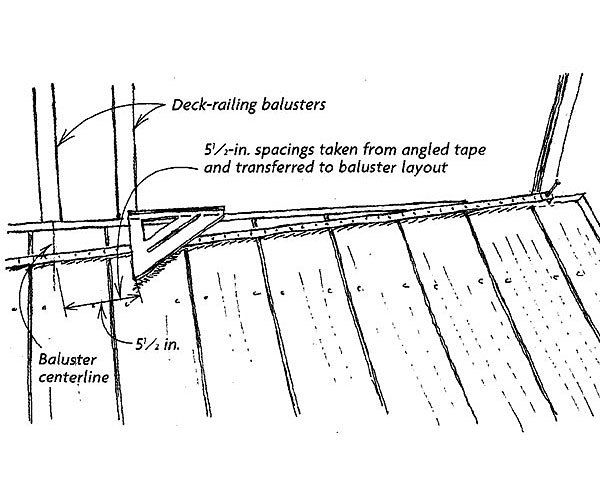
I have struggled many a time in the past to create equal, code-approved spacing between deck balusters. The method I’ve come to rely on — the slant-rule technique — has taken all the frustration out of the problem.
With one baluster installed at each end of the railing, I start by measuring the distance between their centers. Next, I divide this number by the desired spacing between the centers of the balusters. Around here, the space can be no more than 4 in. With 2×2 balusters, I divide the railing length by 5-1/2 in. That’s because 5-1/2 in. centers on 2×2 balusters results in a 4-in. space between them.
Let’s say, for example, the length is 158-3/8 in. I divide it by 5-1/2, which equals about 28-3/4. I round up to the next highest whole number: 29. Now I multiply 5-1/2 by 29, which equals 159-1/2. At one end of the deck, I drive a nail into the center of the first baluster. At the other end of the deck, I place my framing square with the long blade parallel to the rim joist and the short blade aligned with center of the last baluster. With my tape hooked to the nail, I find the point on the short blade of the square where 159-1/2 in. falls.
The tape is now at a slight angle to the rim joist, and I can measure off 5-1/2 in. increments with my framing square and mark them on the rim joist to locate the center of each baluster (see drawing). By the way, it helps if you have a calculator that has an add-on function to speed the layout sequence.
Once I began using this method, I was surprised by how fast and effortless it is. With a little ingenuity, I think this technique could be applied to a staircase as well.
—Mike Hoffman, Portland, OR
Edited and illustrated by Charles Miller
From Fine Homebuilding #144
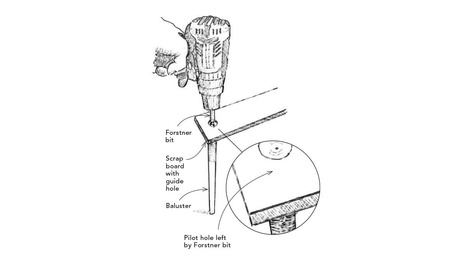
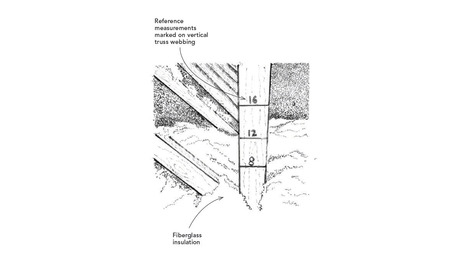
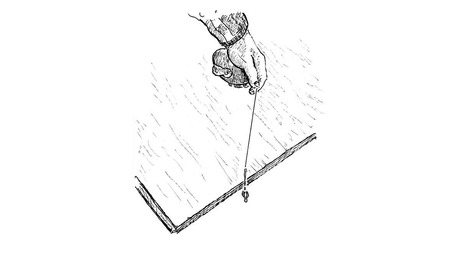
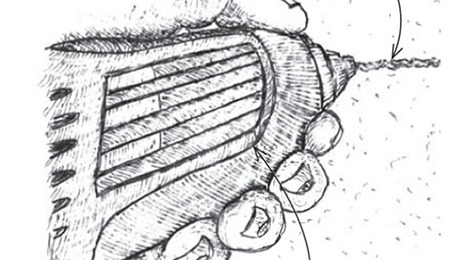

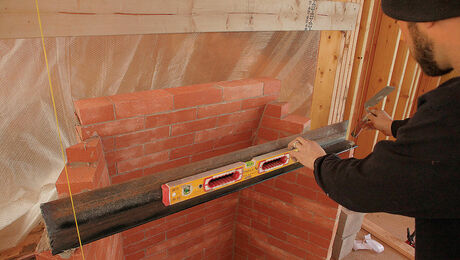
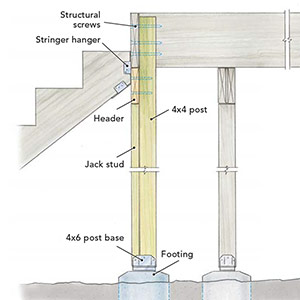
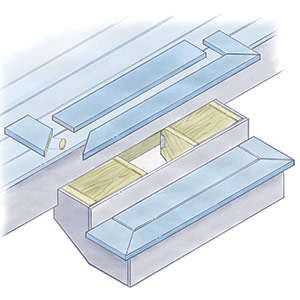
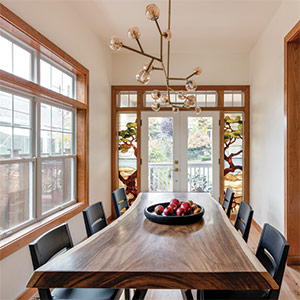
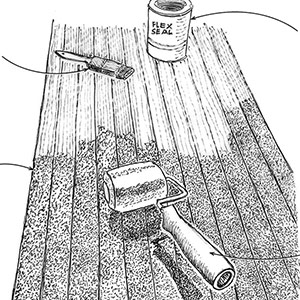







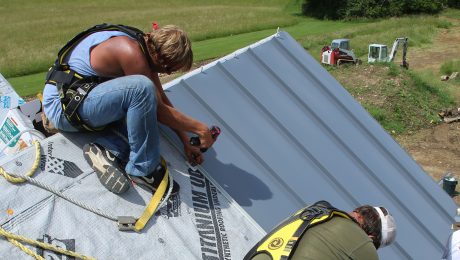
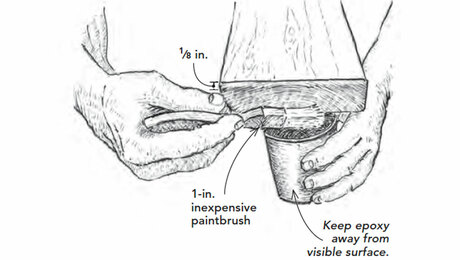

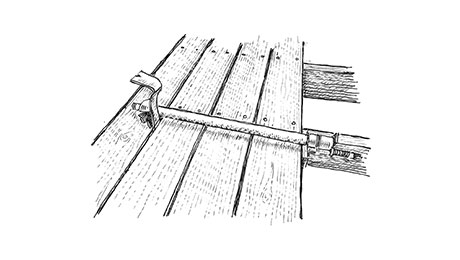



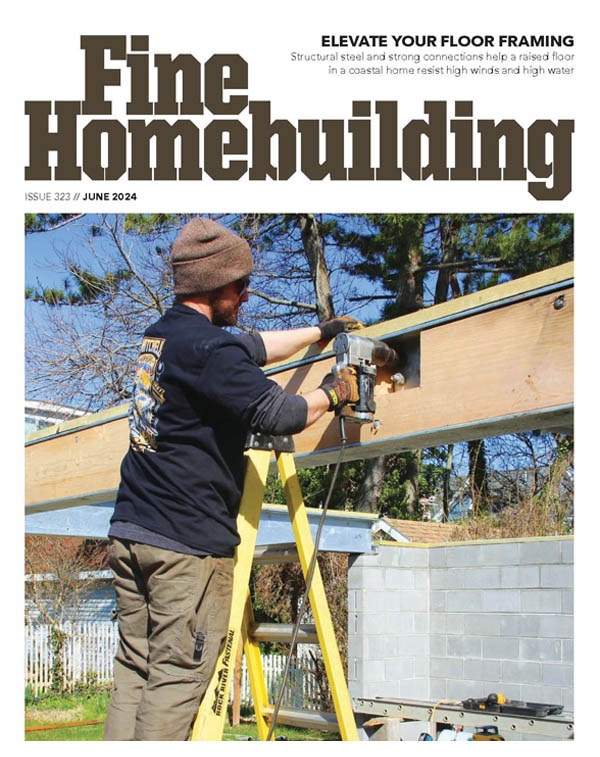


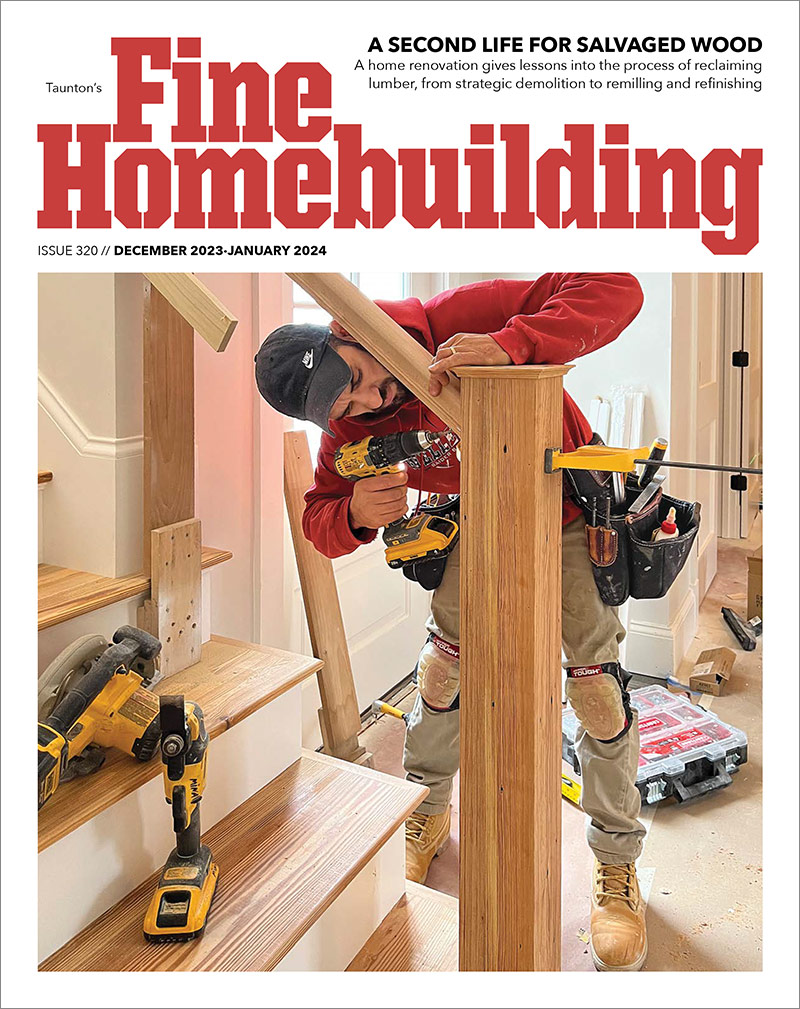


View Comments
I just use a 2x4 spacer cut to either 3" or 4"
The angled tape is an excellent way to balance out balusters (or any repetitive object) in any given space. This method automatically tightens up the opening so it is less than 4" as long as there is some angle on the tape. Also, it was often used in my primary math books as a challenge question.
Just to clarify the code. It reads 'so that a solid 4" sphere cannot pass through'. That is a graphical way of saying the opening should be LESS than and NOT equal to 4". Considering this is meant to keep children's heads from getting caught and small children's heads are malleable, not solid...maybe erroring on the 'tight' side is a wise choice. Don't forget the 2015 IRC code increased this width on stair railings but not standard railings.
Once you know the spacing use a pair of dividers to walk off your centers.
I've seen this method described in different ways, but this has got to be the most confusing. Only the tip about the calculator indirectly lets in fall in place. The illustration and doesn't help at all.
Don't listen to the naysayers. This the standard method that engineers, draftsmen and tradesmen/craftsmen have used for millennia to lay out equal spacings between two end points, that don't conform to easy divisions on the particular scale that is in use.
One could also simply lay out 5 1/2 inch spacings on a cord and then angle that cord so that both end points lined up with a division on the cord. ---no tape or rule or even a system of measurement is required.
Earlier civilizations were more advanced than what they're given credit for.
yes, it's linear interpolation.
This approach is the best, but in my experience a story pole goes a long way to simplifying the method. I set a finish screw near the edge of a 1x4 close to one end, then mark off 5" increments as described in the tip. Unlike the tape, the board can be clamped in place, and that lets me install balusters without even marking. I just use a short level to plumb them aligned to each mark.
Another method for spacing balusters was presented in issue 77 by Tony Scissors in the Tips and Techniques column. You can see a video of the process here: https://www.finehomebuilding.com/project-guides/decks/micro-adjust-deck-baluster-spacing-for-eye-deceiving-layout
I like the creative approach with the elastic band. The only problem is that’s an extra “tool” in my tool box and those bands loose elasticity over time and are inconsistent over the whole length.